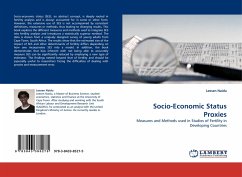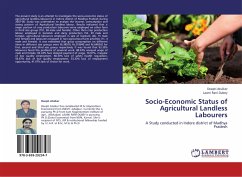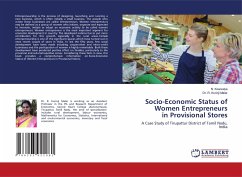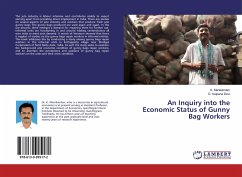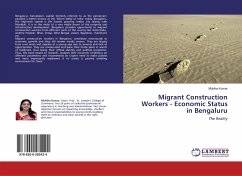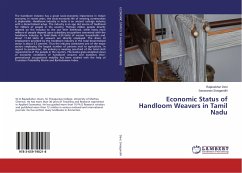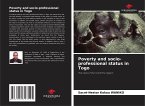Socio-economic status (SES), an abstract concept, is deeply rooted in fertility analysis and is always accounted for in some or other form. However, the extensive use of SES is not accompanied by consistent definitions, measures or methods, thus leading to diverging results. This book explores the different measures and methods used to integrate SES into fertility analysis and introduces a statistically superior method. The data is drawn from a uniquely designed survey of young adults from Cape Town, South Africa. The results show that the estimated size of the impact of SES and other determinants of fertility differs depending on how one incorporates SES into a model. In addition, the book demonstrates that bias inherent with not being able to accurately measure SES can be significantly reduced by employing a new type of estimator. The findings extend beyond that of fertility and should be especially useful to researchers facing the difficulties of dealing with proxies and measurement error.
Bitte wählen Sie Ihr Anliegen aus.
Rechnungen
Retourenschein anfordern
Bestellstatus
Storno

